ARS ELECTRONICA ARCHIVE – AI LAB
Das European ARTificial Intelligence Lab (AI Lab) ist ein Nachfolgeprojekt des European Digital Art and Science Network, einer kreativen Zusammenarbeit zwischen wissenschaftlichen Institutionen, Ars Electronica und Kulturpartnern in ganz Europa, die Wissenschaft und digitale Kunst vereint. Das European ARTificial Intelligence Lab knüpft daran an und thematisiert Visionen, Erwartungen und Befürchtungen, die wir mit künstlicher Intelligenz verbinden. Das Konsortium besteht aus 13 Kulturinstitutionen aus Europa mit Ars Electronica als Koordinator. Dieses Online Archiv bietet eine Übersicht über alle Aktivitäten, die während der Laufzeit des Projekts von 2018 bis 2021 durchgeführt wurden. Zudem liefert es Informationen zum Netzwerk an sich, zu den Residency Künstlern und Jurys sowie zu den beteiligten Projektpartnern. Das AI Lab wird kofinanziert durch das EU-Programm „Creative Europe (2014-2020)“ sowie durch das Bundesministerium für Kunst, Kultur, öffentlichen Dienst und Sport.
AI Lab Exhibition by Ars Electronica
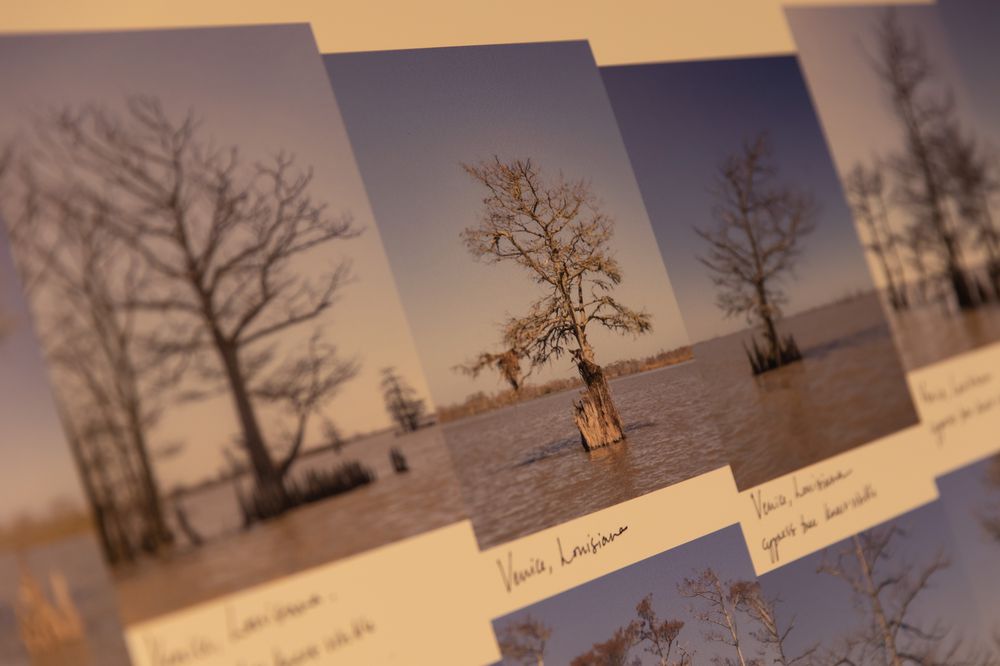
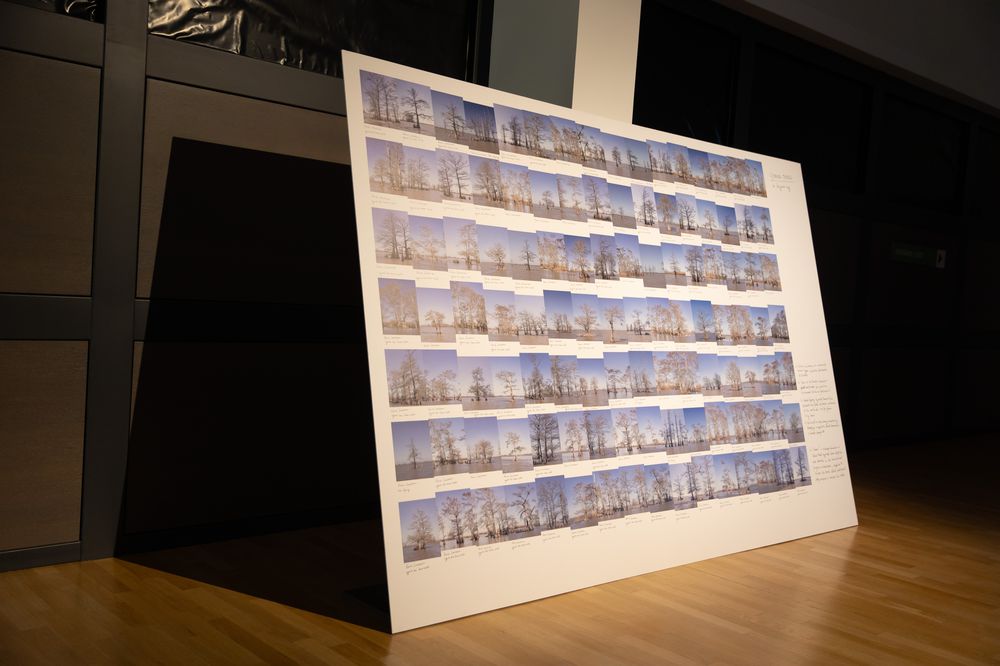
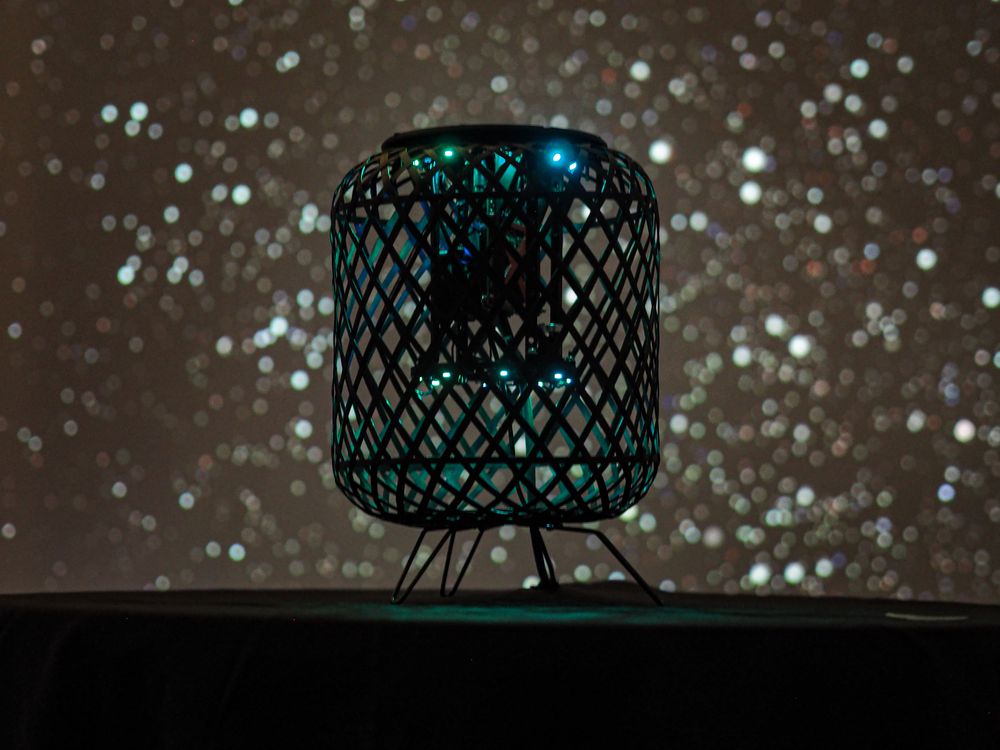
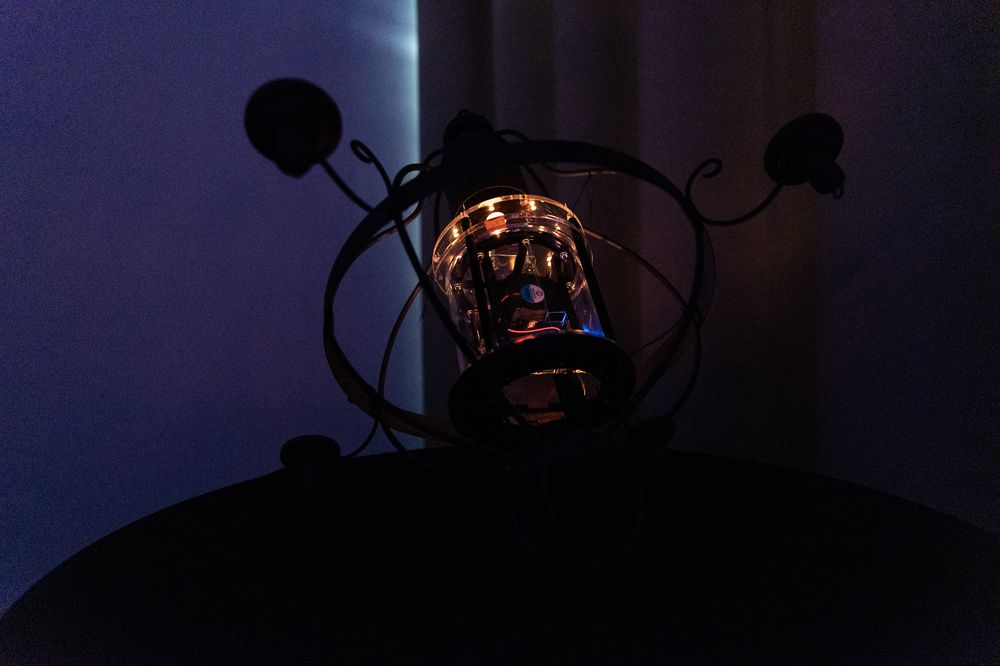
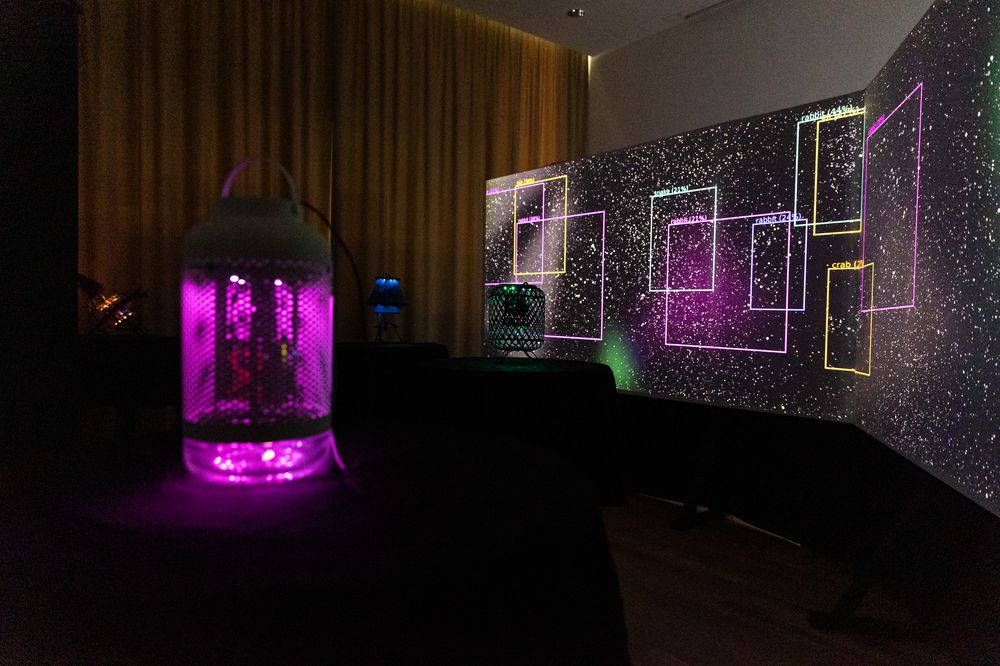
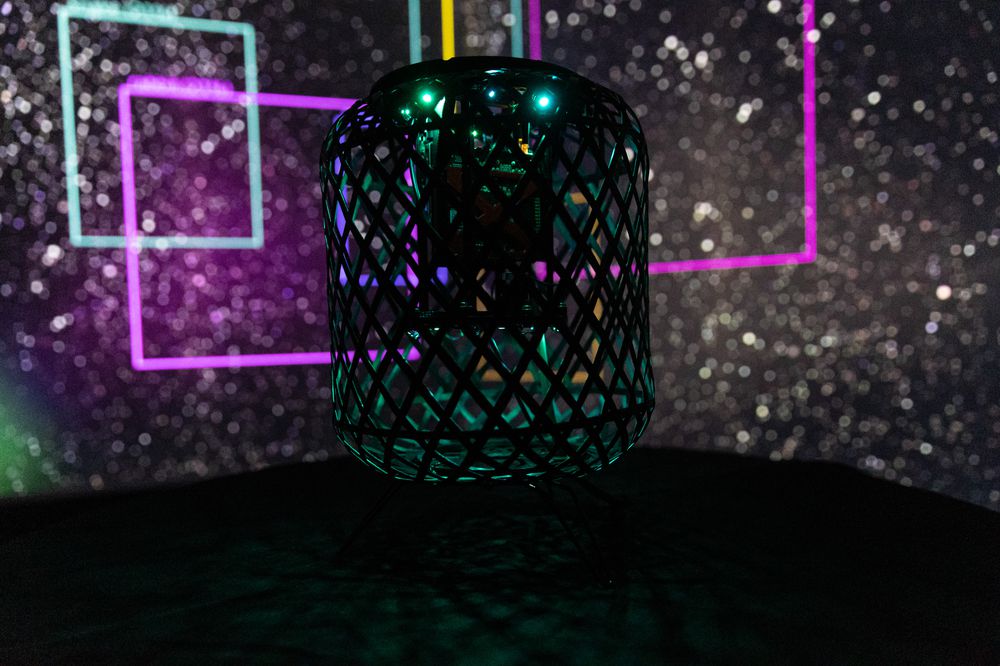

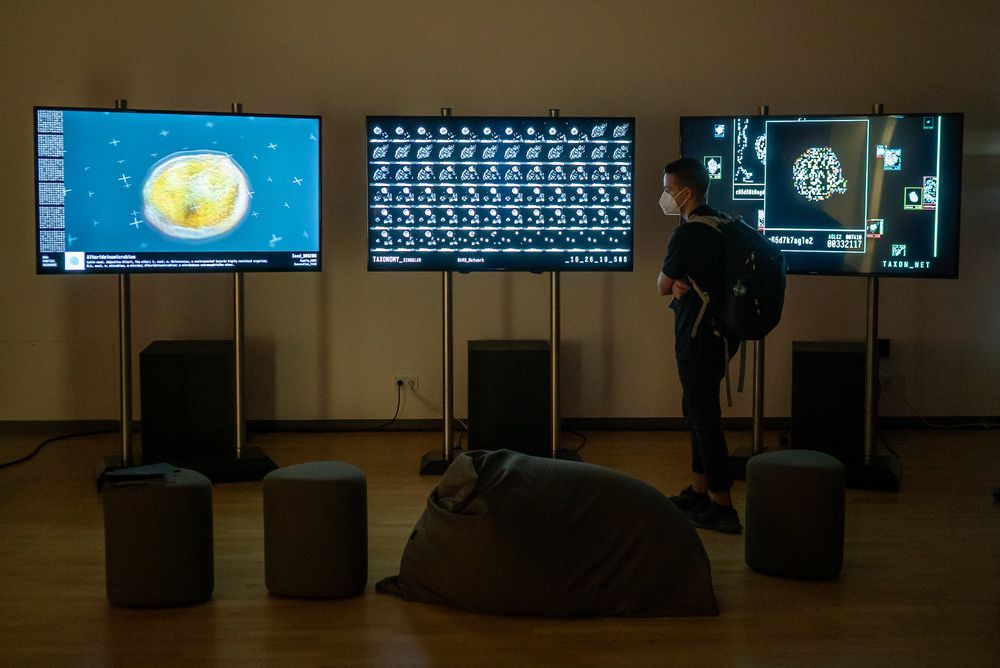
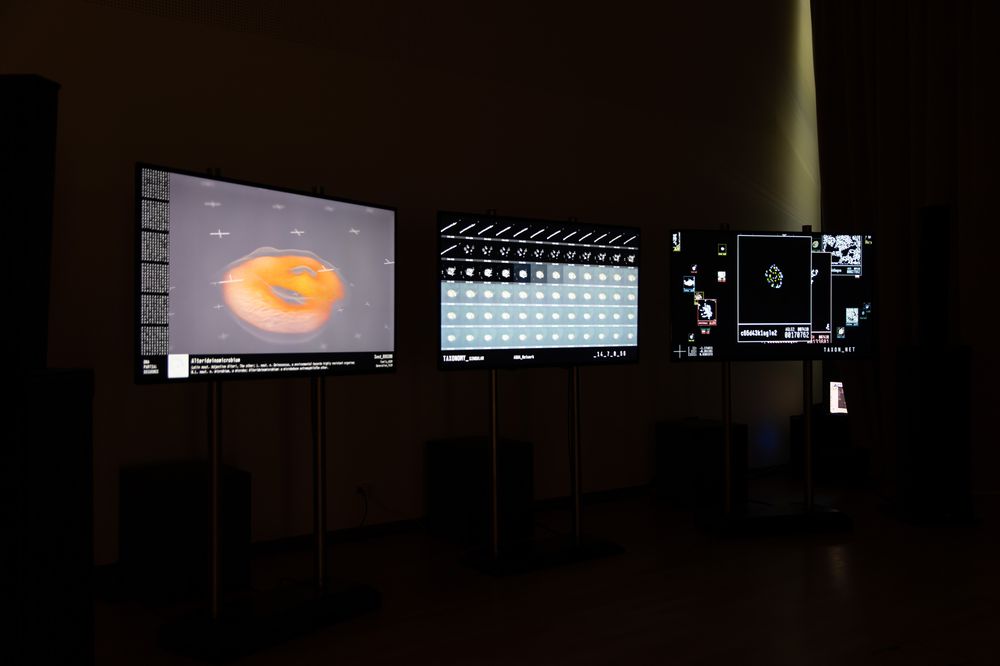
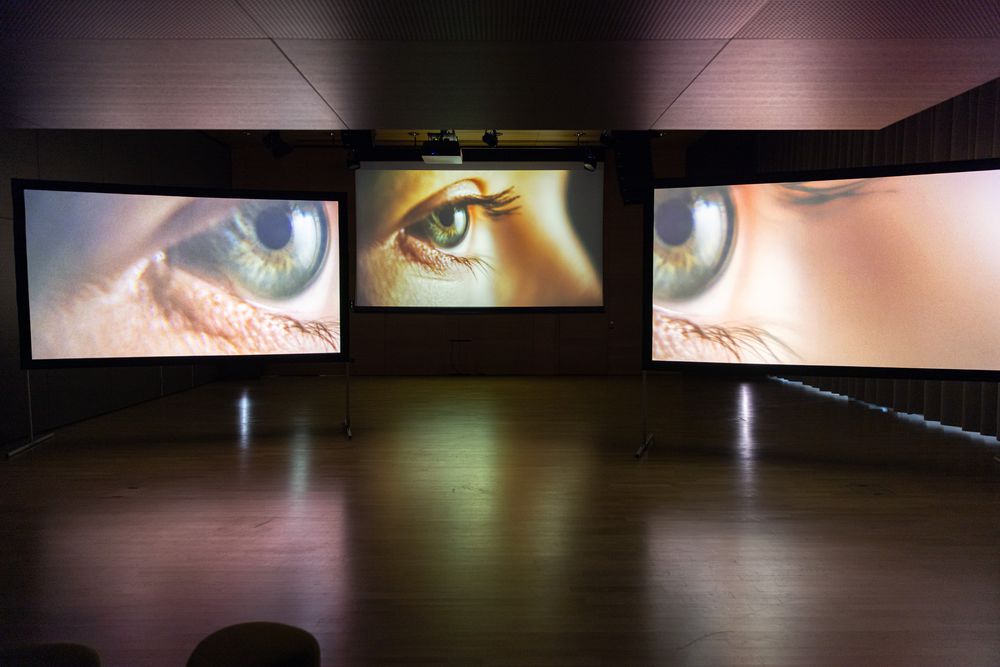
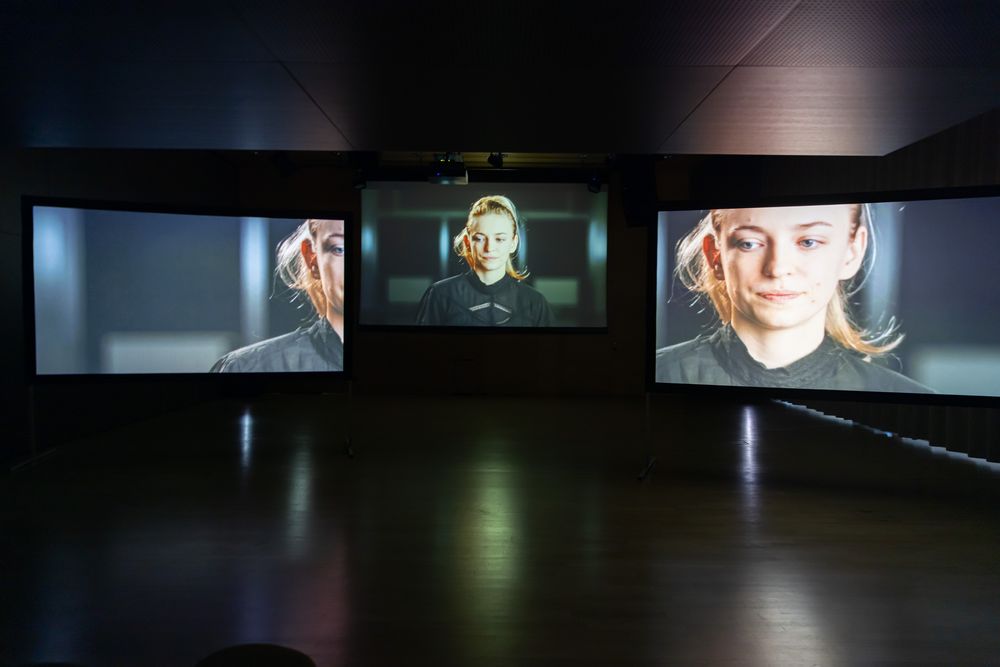
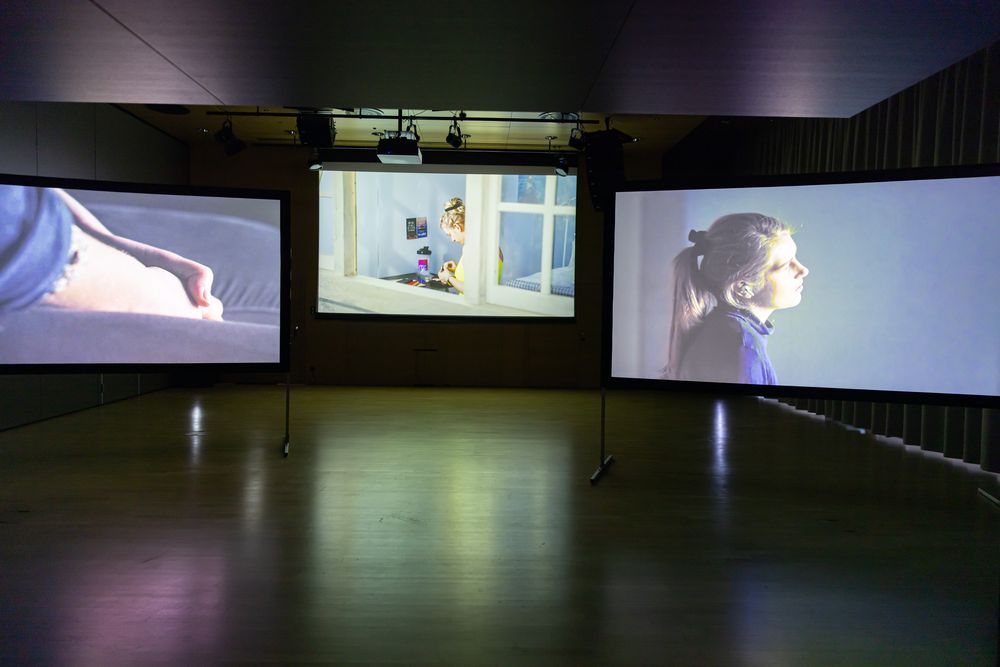
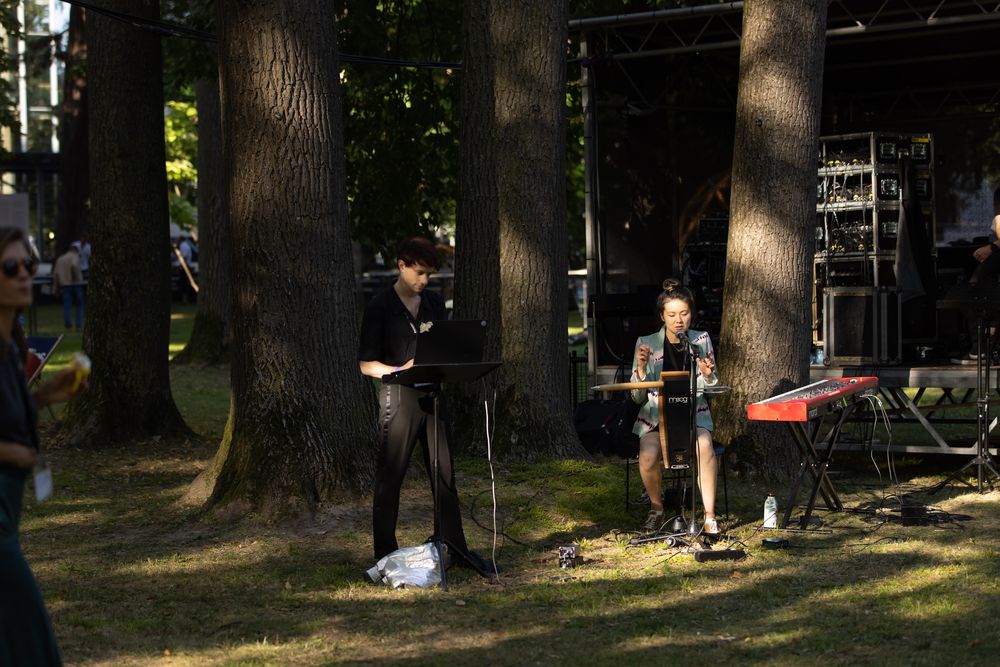
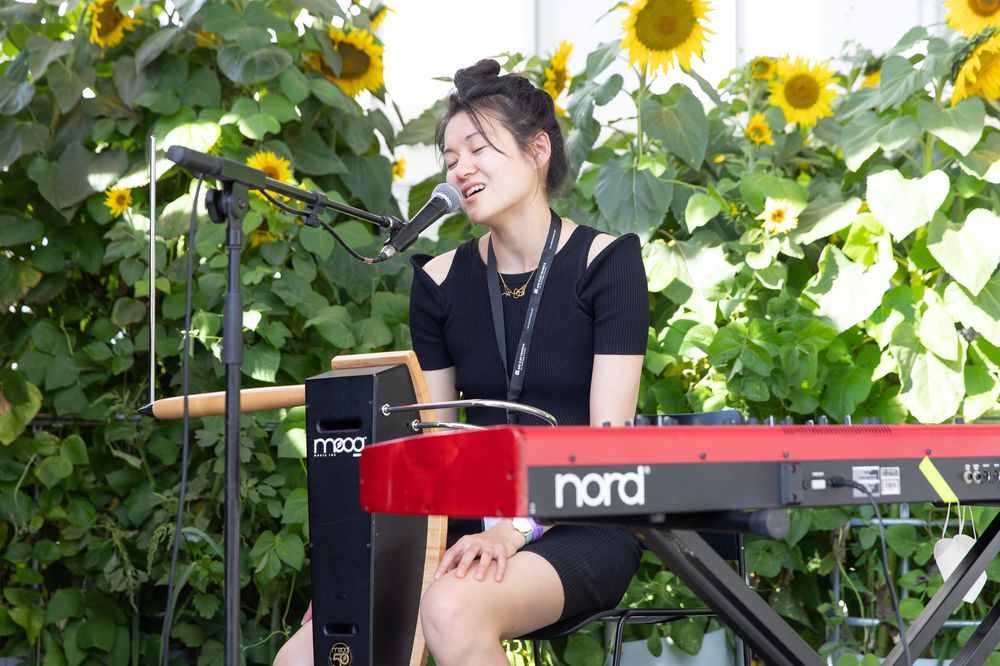
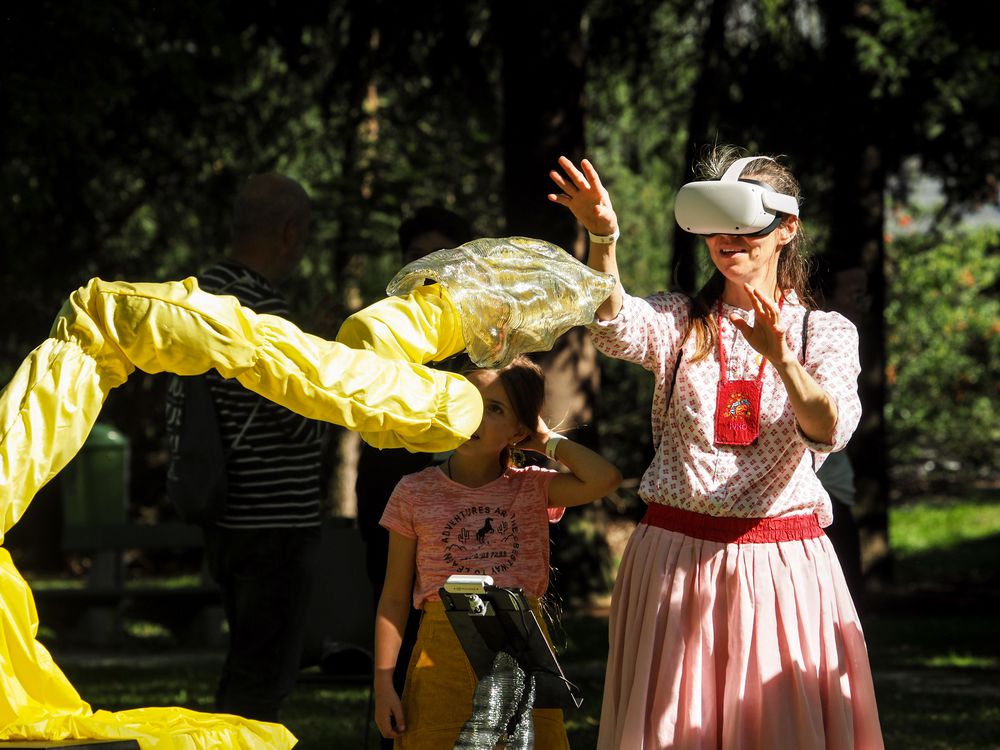
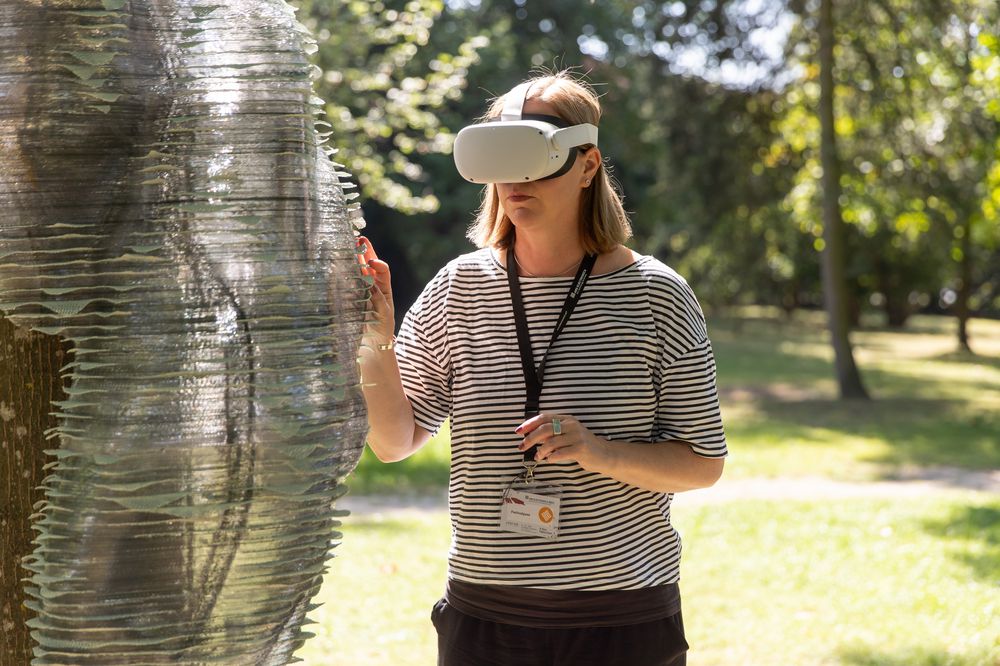
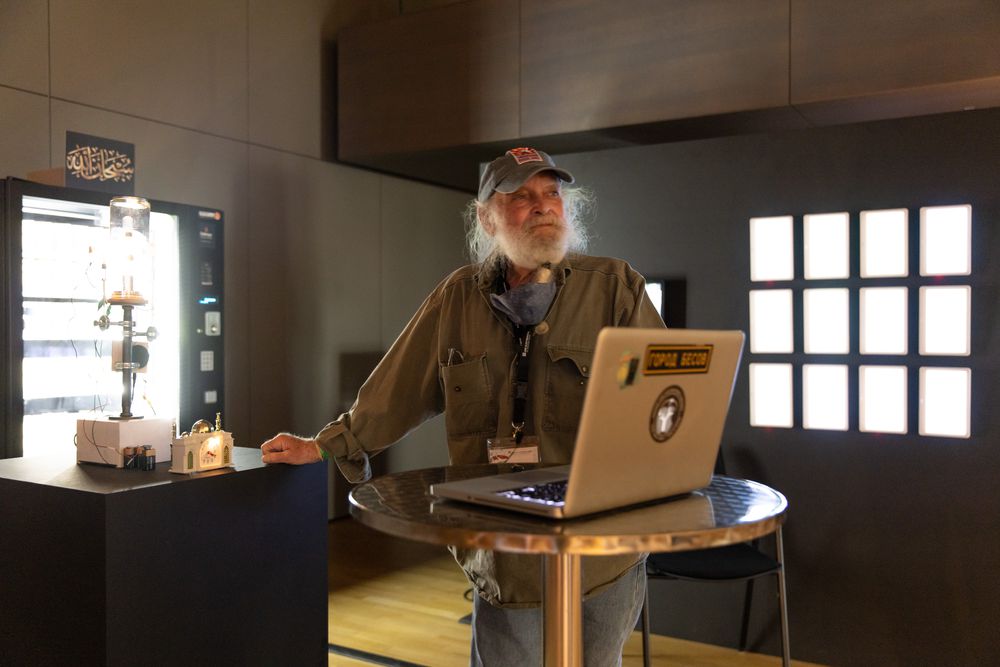
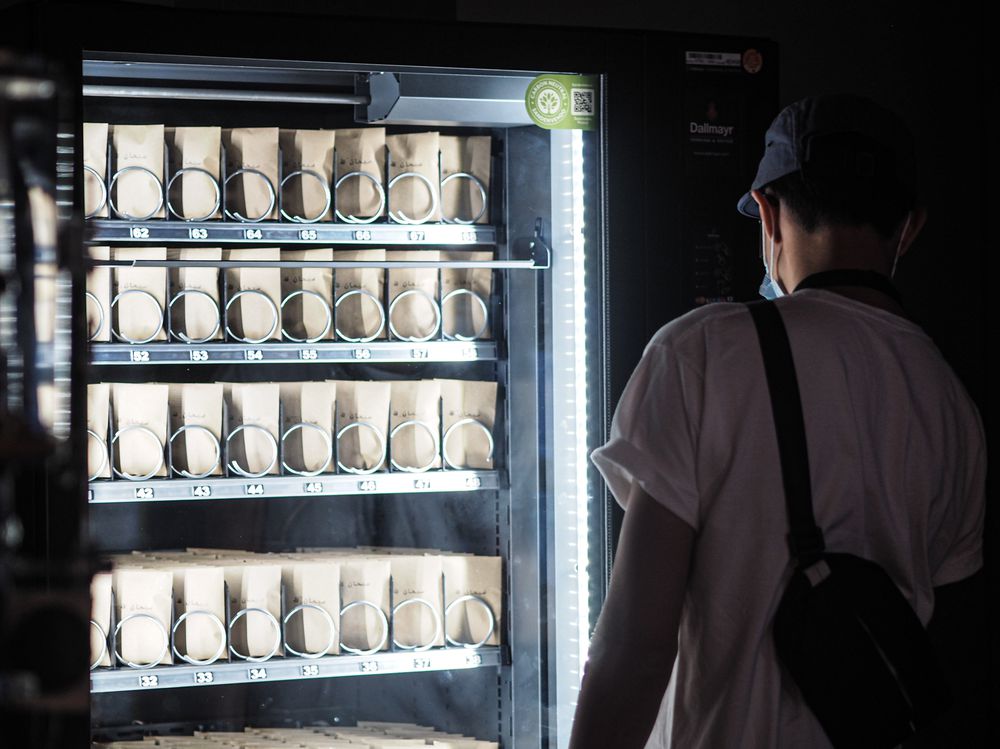
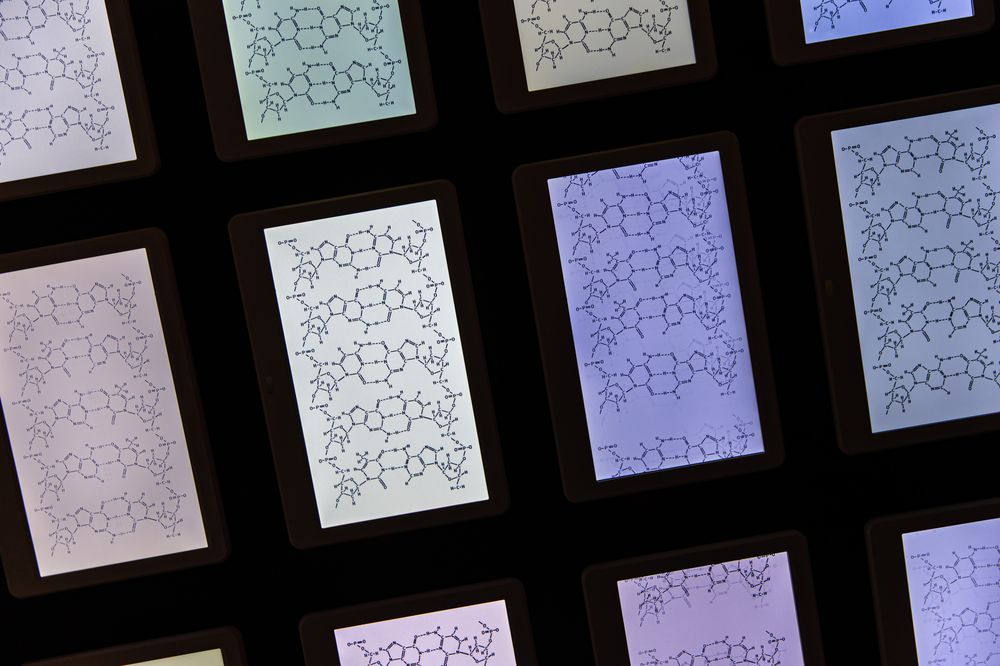
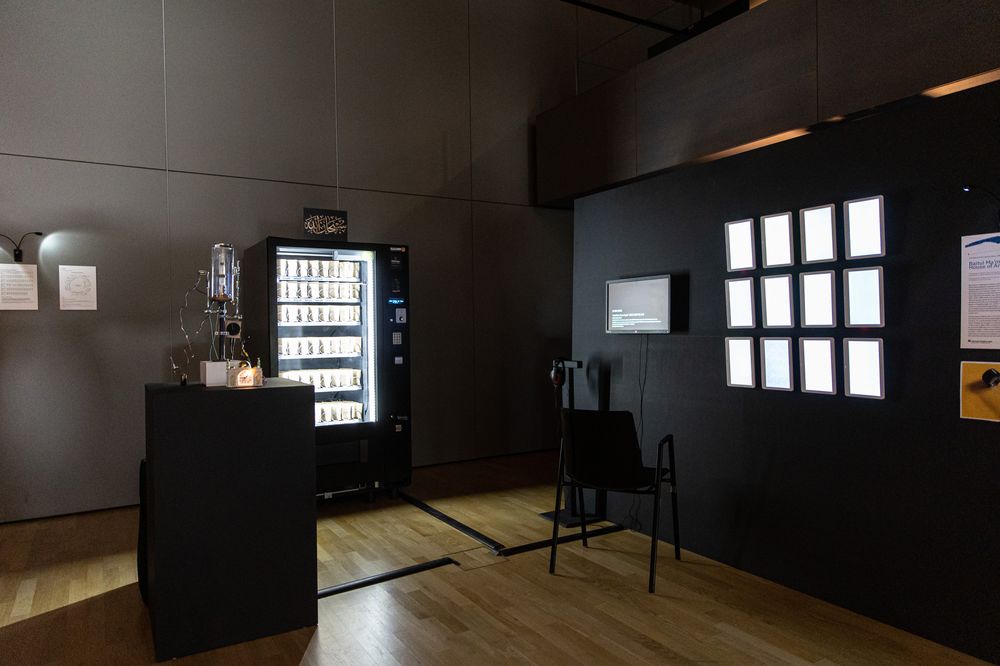
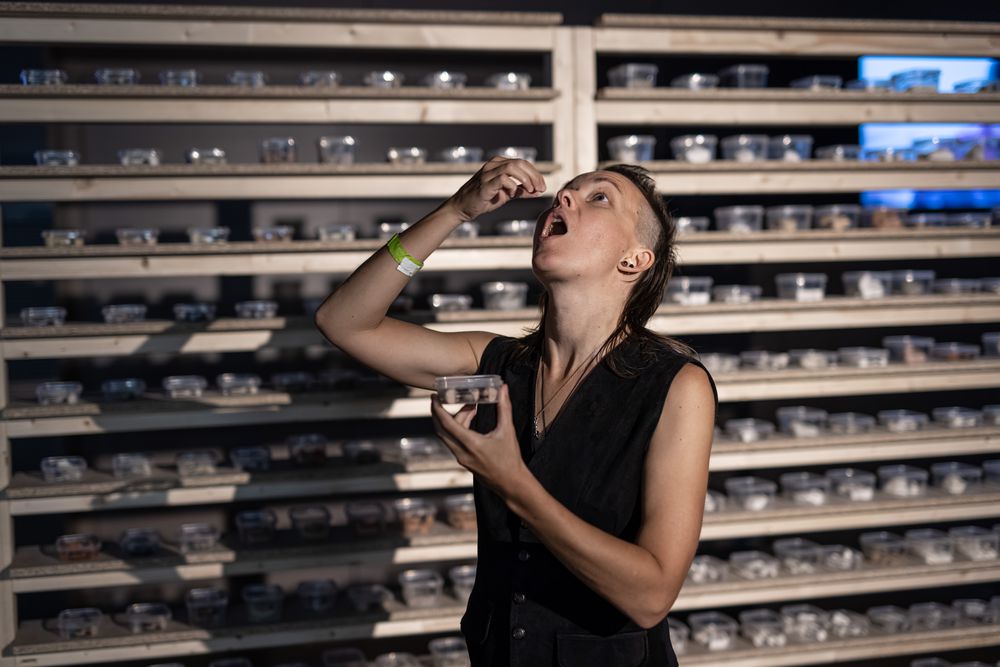
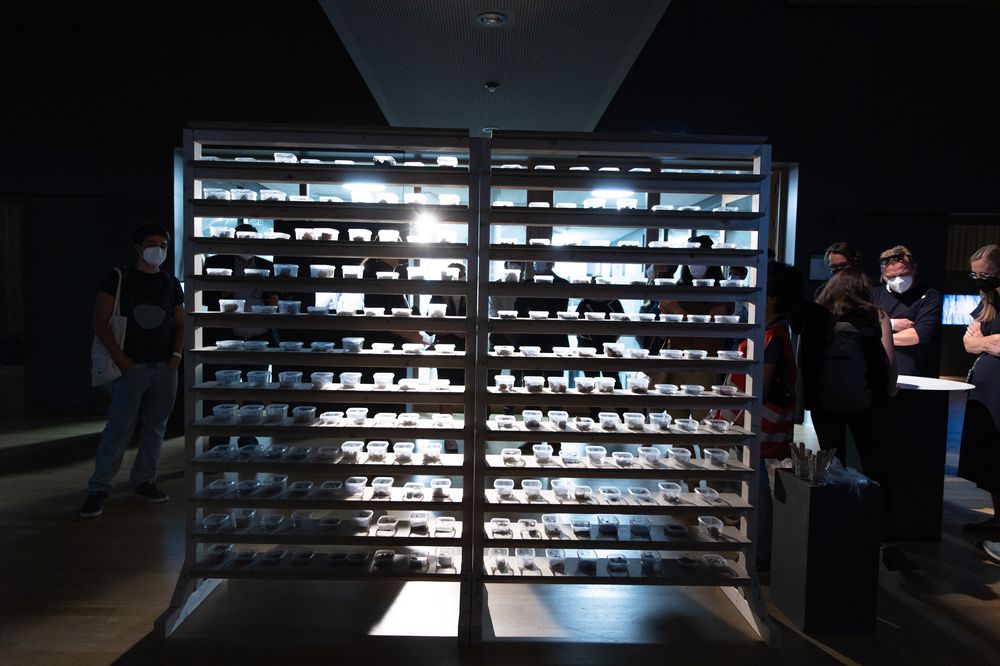
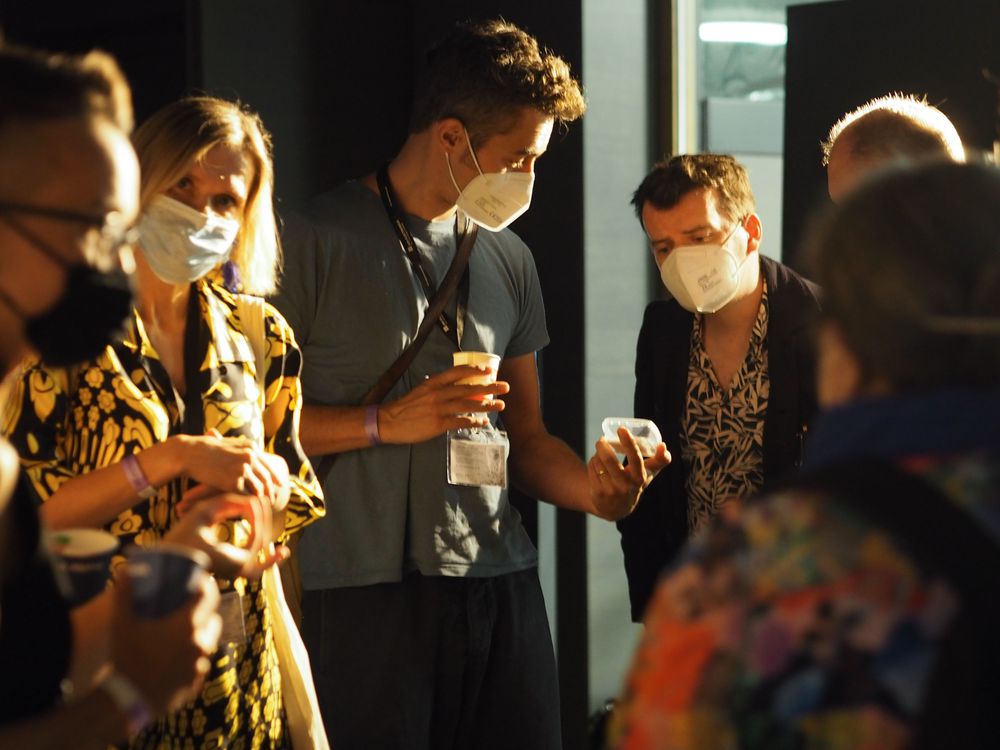
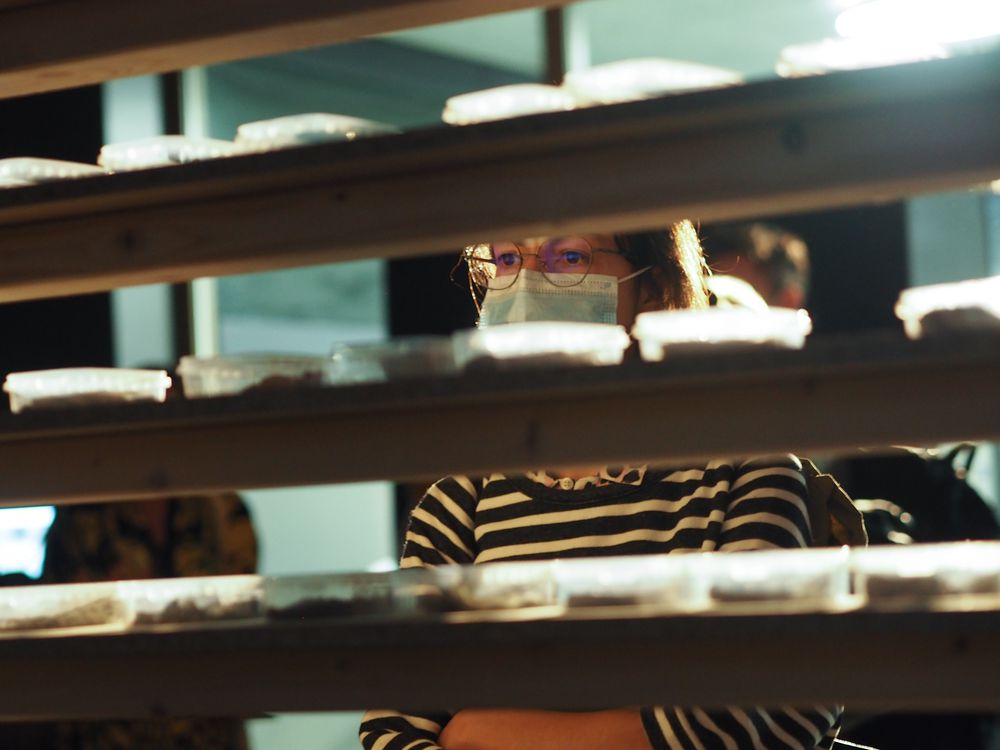
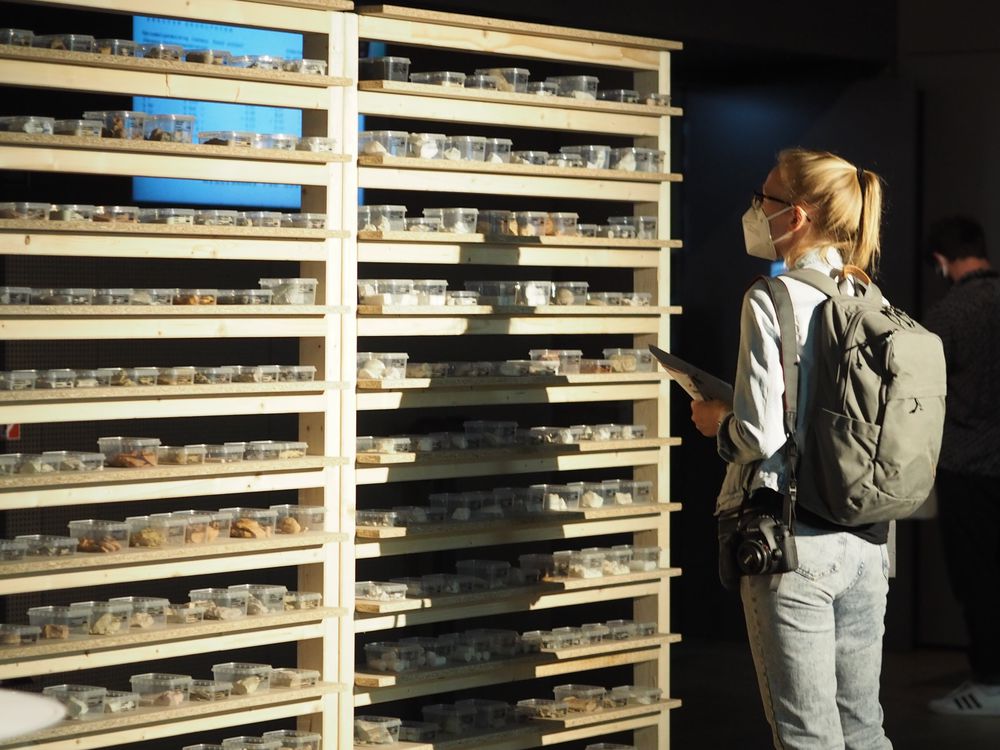
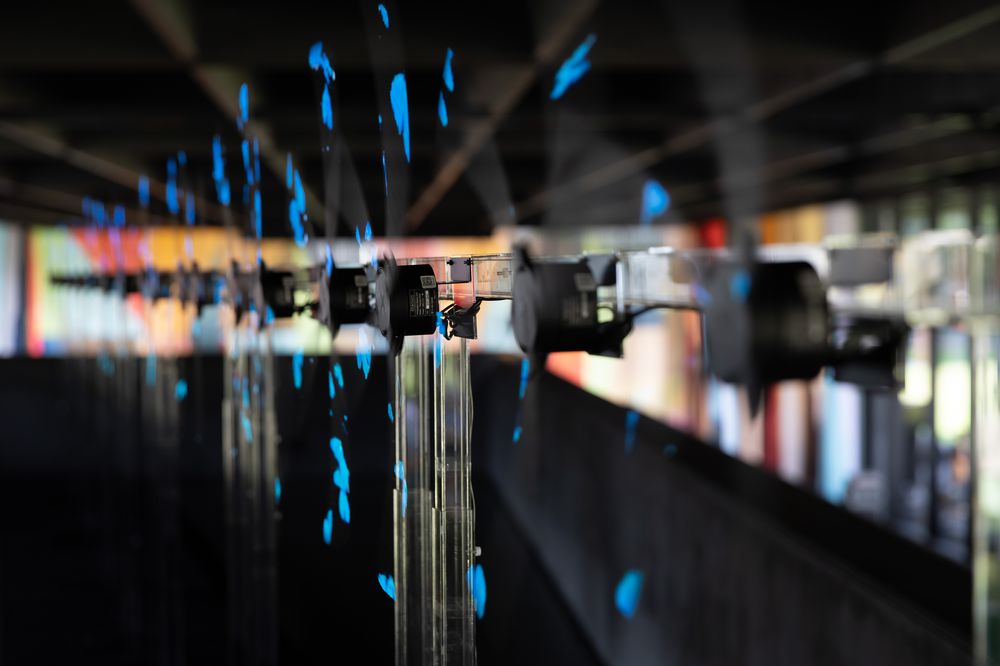
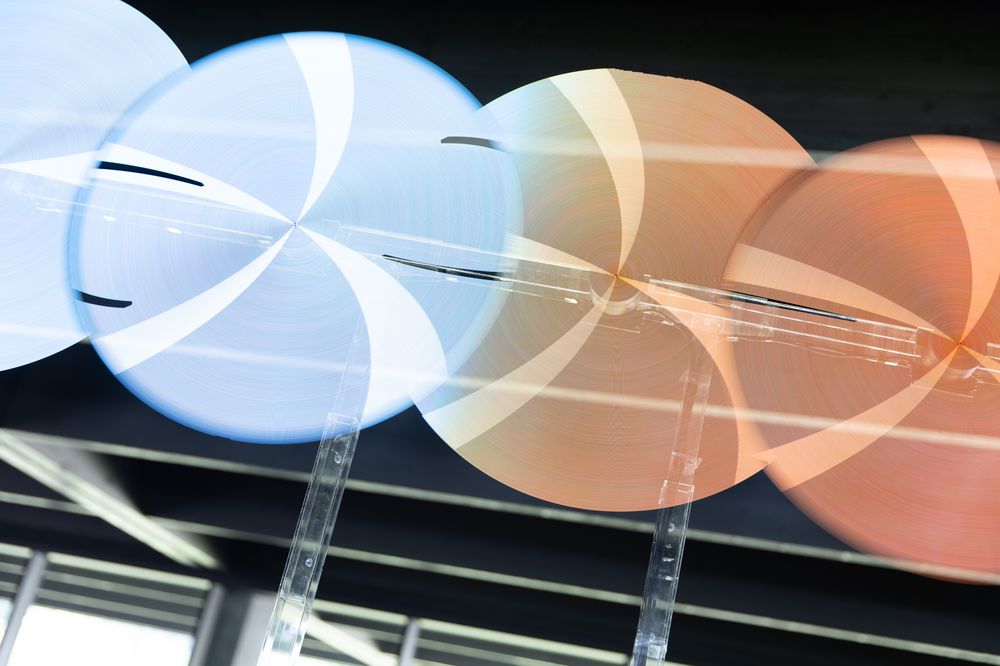
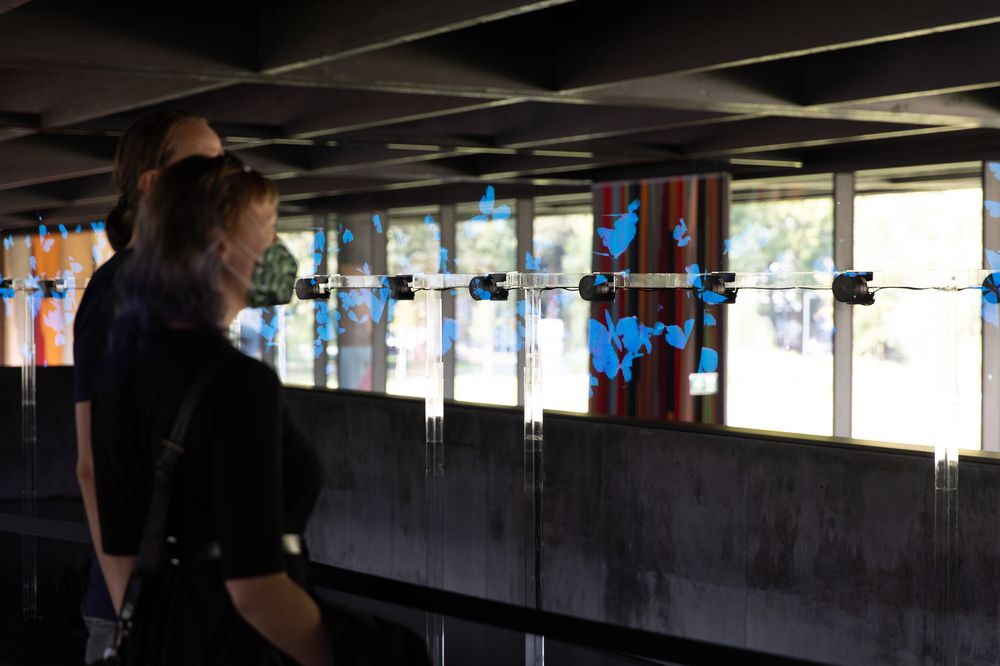
Gezeigte Arbeiten:
Cypress Trees – Anna Ridler (UK), Caroline Sinders (US)
Codex Virtualis – Interspecifics (INT)
Made to Measure – Laokoon (DE)
Moon Rabbit – Sarah Petkus & Mark J. Koch (US)
The Wandering Mind – slow immediate (CN/US)
Triopic Spectacle – PDNB (Postdigital Neobaroque) (AT/DE/IT/GB)
Baitul Ma’mur: House of Angels - Joe Davis (US), Sarah Khan (PK)
The Museum of Edible Earth - masharu (RU/NL)
Transformation of Scenery - Yoichi Ochiai (JP)
AI Lab Publikation (with Descriptions of all the exhibited projects and Bios of all the artists): https://archive.aec.at/ailab/showmode/92/
Linz, In Kepler's Gardens
09.09.2021 – 12.09.2021
Credits
Support for the Wandering Mind comes from Ars Electronica and the European ARTificial Intelligence Lab (AILab), which granted the artists a residency in 2019, as well as from the Onassis Foundation and MAXMachina. Special thanks to residency hosts Mariano Sardon, Rocio Pilar and MUNTREF Arte-Ciencia, Buenos Aires. Nicholas Gillian and Nan Zhao contributed extensive creative and engineering support early on. Academic research and development on the Wandering Mind platform is underway at DVIC, Paris, with the support of Pôle Leonard de Vinci. Creative Commons licensed and public domain source material for the AI-powered sampler comes largely from the contributors to Radio Aporee, and was retrieved from the Internet Archive.
2,417 Quintillionen (2,417 X 10^18) Engel in einer 1 mm dicken DNA-Schicht auf dem Kopf einer typischen Stecknadel:
2,417 Quintillionen Engel = 6E23 x 1 x pi x 0.752 x 1E-3/(330 x 258/19.5)
Credits
The artists also wish to acknowledge the following individuals for their contributions, support, and inspiration: Yassir Chadly, California (US); Saad Khan, Uprising Ventures, California (US); Je Hyuk Lee and Ryan Peters, Cold Spring Harbor Laboratory, New York (US); Kyle Cromer, Dept. of Pediatrics, Stanford Univ., California (US); Gabriel Filsinger, Harvard Medical School, Blavatnik Institute, Dept. of Genetics, Massachusetts (US); Ashley Bell Clark, Dept. of Photography, Pratt Institute, New York (US); David Deamer, Dept. of Biomolecular Engineering, Univ. of California, Santa Cruz, California (US); Adam Steinberg, Creative Technologies, Massachusetts (US); Peter Sasowsky, Serious Motion Pictures, California (US); George M. Church, Harvard Medical School, Blavatnik Institute, Dept. of Genetics, Massachusetts (US). With support from: To date all project costs have been covered out-of-pocket. Wet work has been carried out either commercially, at the lab benches of the principal artists, and/or at lab benches of friends and colleagues (incl., Je Hyuk Lee, Kyle Cromer, Gabriel Filsinger, and Ekin Kuru). Design and fabrication of the glass and aluminum „Baitul Ma’mur“ structure, electronics, and project graphics production in the residential studio of one of the artists (Joe Davis) have also been self-funded. Ashley Clark, Peter Sasowsky, and Joe Davis have donated video production and editing services. Adam Steinberg has composed and performed an original score for a short Baitul Ma/mur documentary and David Deamer has contributed a musical score directly translated from the „Subhan Allah“ DNA sequence.
Credits
Founder: masharu
Project management: Sasa Hara, Irene Kobalchuk
Photo and video: masharu, Ielyj Ivgi, Jester van Schuylenburch and Anna Zamanipoor,
Anton Melles, Dave Soerjaman, Ielyj Ivgi, Jester van Schuylenburch, Koen de Boer, Mila Blok,
Rodney Tang, Jhalisa Rhens and Luuk Van Veen.
Graphic design: Olga Ganzha, Anna Zamanipoor, Dinesh Basnet, Rodney Tang and Dave Soerjaman
Web design: Raphaël Pia, Andrew Revinsky and William Ageneau
Product design: Basse Stittgen
Indem sie digitale Bilder ohne Masse zeigt, hebt sie das materialisierende Potenzial des Raums hervor und vermittelt weiterhin zwischen dem Bild und der materiellen Welt. So erforscht der Künstler die Möglichkeiten von im Raum schwebenden Bildern, die unser angeborenes Verlangen nach Körperlichkeit und die Trennung zwischen dem Physischen und dem Digitalen zum Ausdruck bringen.
Credits
Mayuna Omurai (visual / technical assistant), Kazu Zamasu (Engineering), Natsuki Matsunaga (Engineer), Kotaro Tanaka (Visual Design), Life is Style Inc (System / Sponsorship)
The project is supported by the Agency for Cultural Affairs Japan
Credits
Direction: Cosima Terrasse, Moritz Riesewieck, Hans Block
Development: Gruppe Laokoon, Kulturstiftung des Bundes
In coproduction with: WDR, SRG SSR, OSZE RfOM, Docmine and rbb
In cooperation with: PACT Zollverein
With support from: Kulturhaus Brotfabrik, vorAnker, Universität für Angewandte Kunst Wien, Starts in Motion.
With kind support of the German embassy
Der Dezentralisierung und Demokratisierung des Digitalen nachkommend, versucht Triopic Spectacle Hierarchien zwischen Realem und Potentiellem abzuflachen – ein radikales Konzept, vom barocken Denken des 17. Jh. hergeleitet. Die transmediale Installation stellt das veraltete, kurzsichtige, binäre Denken von lokal/global, 1s/0s, individuell/kollektiv, real/virtuell, analog/digital, natürlich/künstlich in Frage, indem sie doppelseitige Fenster, Brücken, Schnittstellen, Portale und Glitches zwischen drei „triopischen“ Domänen einrichtet: „reale Realität“ – physische, robotisch 3D-gedruckte, von PassantInnen analog erlebte Architekturen; „gemischte Realität“ – ein virtueller, räumlicher, grenzenloser, immersiver ML-entwickelter VR-Raum für augmentierte BesucherInnen (mit VR-Brillen); „virtuelle Realität“ – ein interaktiver, online-basierter sozialer Raum für Online-NutzerInnen, die mit den oben genannten Realitäten interagieren können. Das Projekt ist Teil des FWF-PEEK geförderten Projekts „Postdigital Neobaroque“.
Credits
Developed within the research project entitled ‚Postdigital Neobaroque‘ led by Prof. Dr. Marjan Colletti, funded by the FWF Austrian Science Fund, Programme for Arts-based Research (PEEK).


